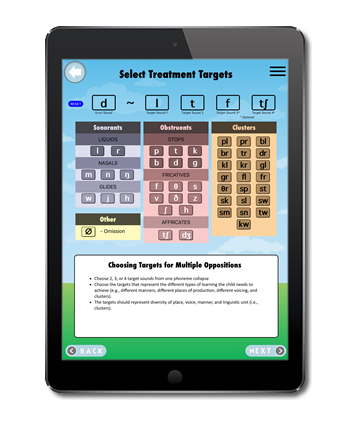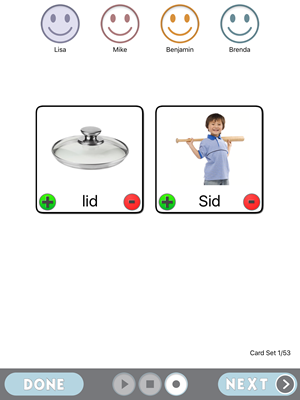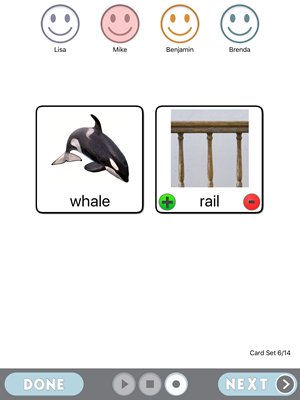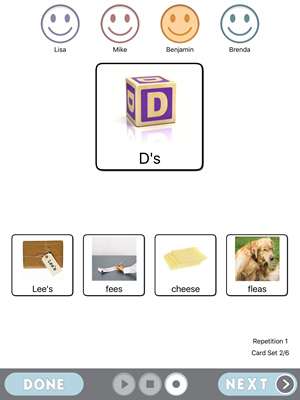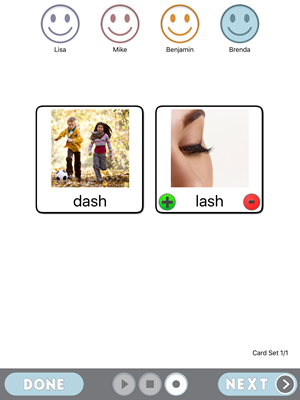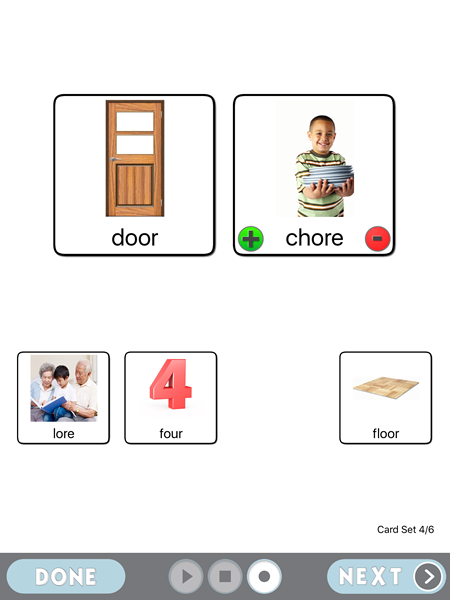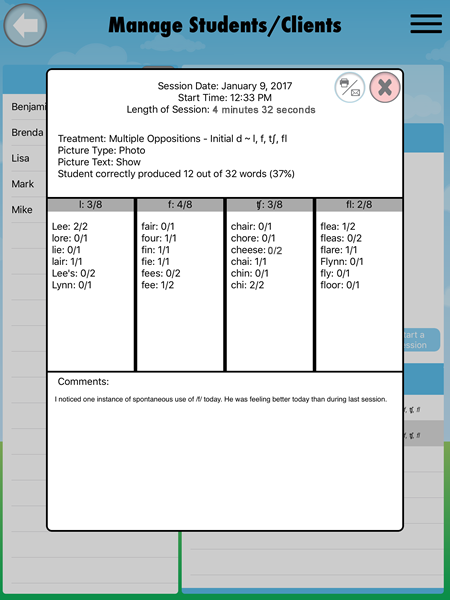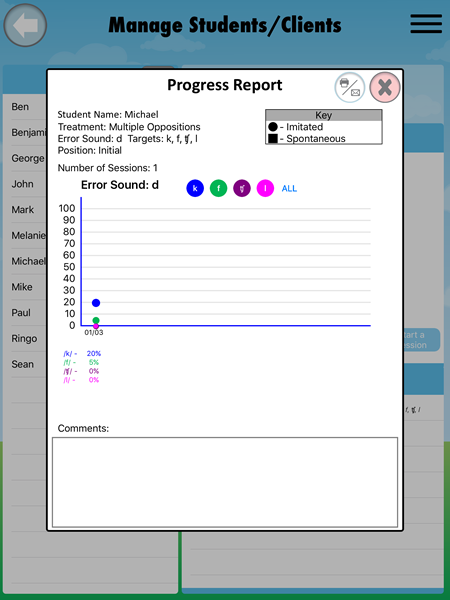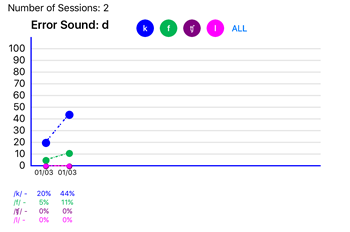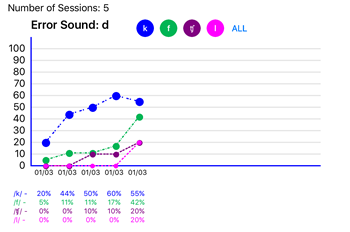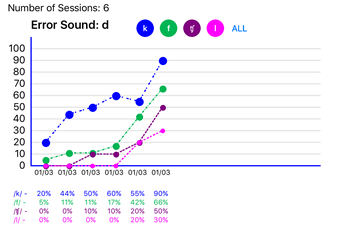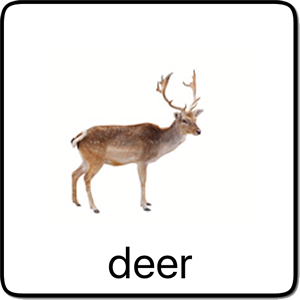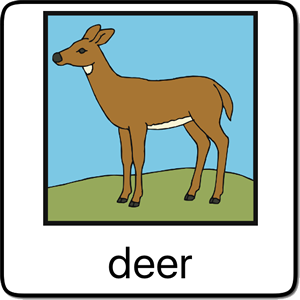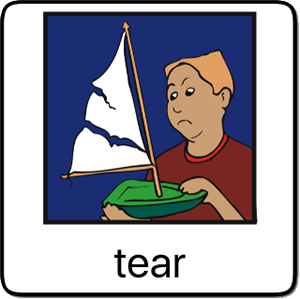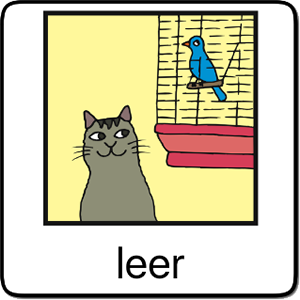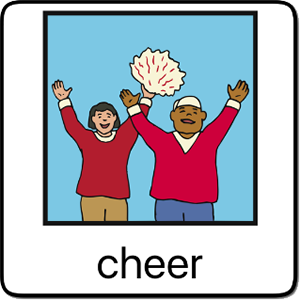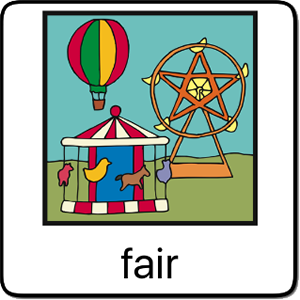Features
The all new SCIP is LOADED with time-saving features that make your life easier!
5 Contrastive Approaches
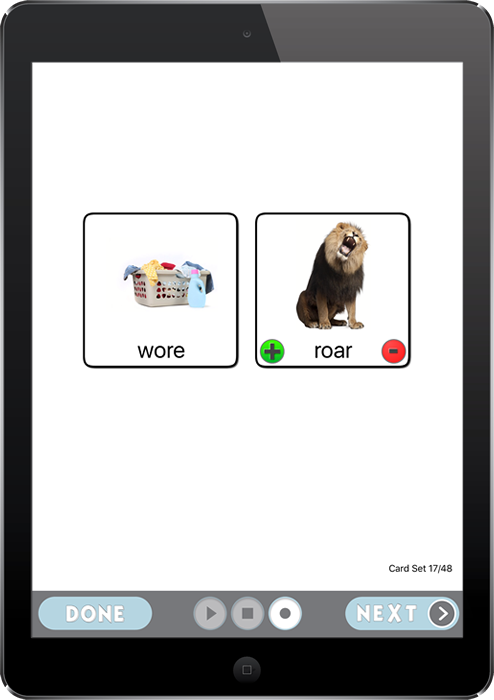
Minimal Pairs
Contrasting word sets that differ by only one phoneme or single feature. Typically, this treatment approach is used when the child is producing one sound (the error sound) when trying to produce another sound (the target sound).
Example: /w/ contrasted with /r/
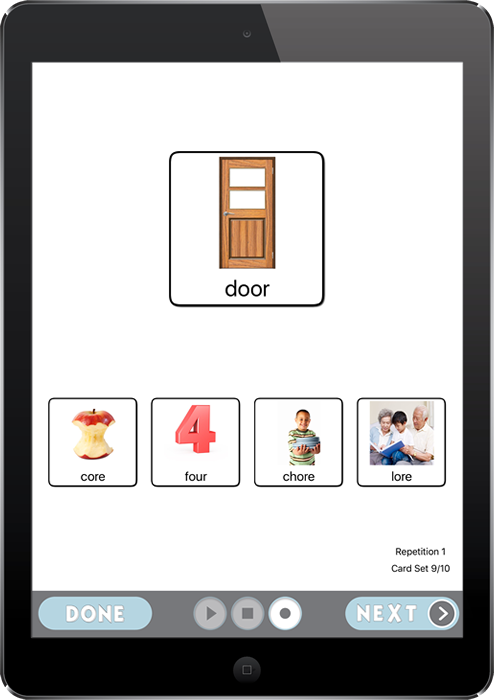
Multiple Oppositions
A variation of minimal pairs where words containing an error sound are contrasted with 2, 3 , or 4 words containing target sounds. This treatment approach has been found to be very effective with children who produce one sound for multiple sounds (known as a “Phoneme Collapse”).
Example: /d/ contrasted with /k/, /f/, /tʃ/, & /l/
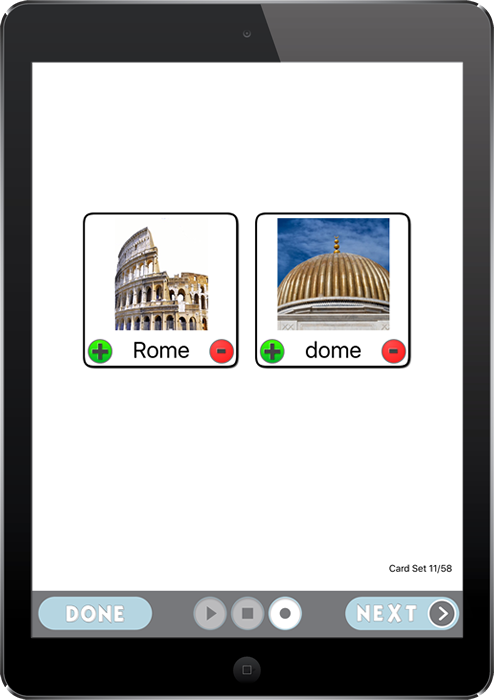
Empty Set
Contrasting two maximally distant sounds that are both unknown to the child.
/r/ contrasted with /d/
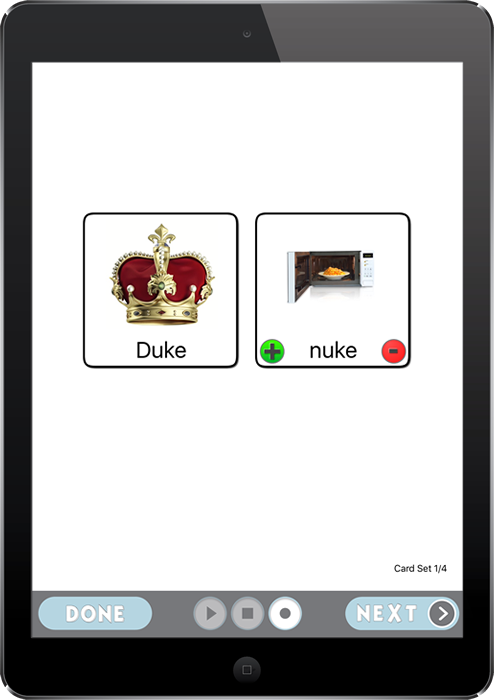
Maximal Oppositions
Contrasting a speech sound that is know by the child with a maximally distinct sound that is not known.
/d/ contrasted with /n/
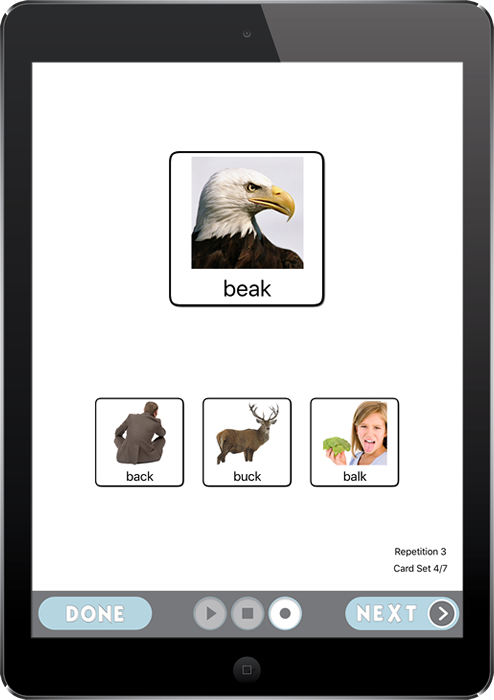
Vowel Contrast
Contrastive word sets that differ only by the vowel.
/i/ contrasted with /æ/, /ʌ/, & /ɔ/



